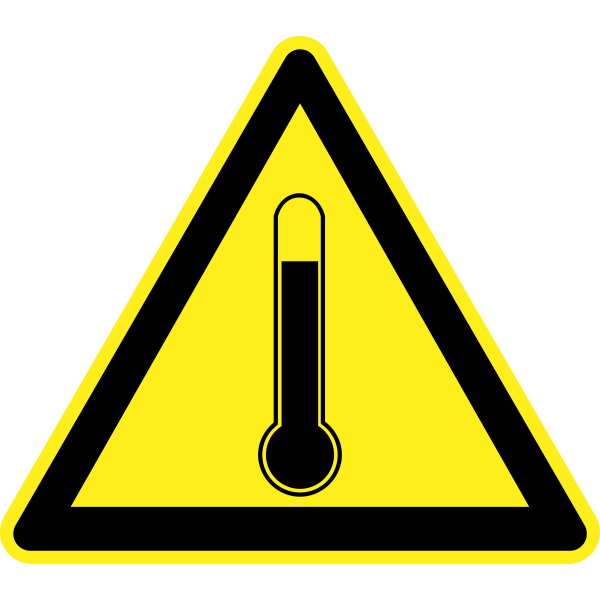Gonzales residents asked to prepare for hotter weather
As the summer continues to roll relentlessly through Gonzales County residents are asked to prepare for triple digit weather.
In the month of June, the city of Gonzales recorded 20 triple digit days; with no triple digits reported just last year in June 2021, according to AccuWeather.
Heat exhaustion and heat stroke are common during these summer months, and there are ways to prevent and help once symptoms are displayed or observed.
Dr. Commie Hisey, D.O., the chief of staff of the Gonzales Health Care System, went over the differences between the two heat illnesses. Emphasizing that heat exhaustion is caused by overheating from doing outside activities like sports and yard work, and heat stroke is more severe and can cause physical damage.
“So heat exhaustion is a milder form. It's something that a lot of us if we recognize early can stop and prevent from progressing.” Hisey said. “Whereas once you have heat stroke symptoms you really need to get in for medical attention as soon as possible.”
During the summer months, the hospital has reported people with symptoms of being overheated and dehydrated, according to Hisey. The hospital, at this point, attempts re-hydration and to bring the core temperature of the individual within normal limits, attempting quick recovery for the patient.
“The problem though most people start to have afterwards is they didn't develop some heat intolerance for several days, maybe even weeks after one of these episodes, if it's severe enough and they really can't tolerate much heat at all for any length of time.” Hisey explained.
The common signs of heat exhaustion are feeling dizzy/faint, excessive sweating, rapid/weak pulse, muscle cramps, feeling cool and clammy and nauseated/vomiting (seek medical attention if a person vomits and symptoms get worse or more than hour). Prevention of heat exhaustion includes plenty of fluids (water or sports drink), cool showers, and cold compresses, as well as looser clothing allowing air ventilation and discontinuing any outside activity.
“Whether it was a sports activity or get into a shape, get into some cool area and wait until all those symptoms resolved before getting back out and going anywhere.” Hisey said.
Heat stroke is a more severe heat exhaustion; medical attention is required for this condition.
Symptoms include high body temperature (above 103 degrees), loss of consciousness, confusion, seizures, not sweating, rapid strong pulse, throbbing headache, and nauseated/vomiting.
“Those people [with heat stroke symptoms] need medical attention immediately going to a hospital right away, so that fluids may be administered.” Hisey explained.
Heat stroke can lead to organ damage and even worst case, death.
People that are really suspectable to heat stroke are children under four and adults 65 or older, and Hisey advises people to plan out and “be mindful” when doing activities in the excessive heat.
“Do activity outside the morning when it's cooler, get in the shade get in air conditioning when it starts to get hot or not be doing any of those big activities.” Hisey said.
Here are some tips from Hisey before going out doing any activities outside in the heat: drink plenty of fluids, avoid drinking caffeinated drinks and alcohol, it can increase chances of getting dehydrated and heat exhaustion. Wear light weight and light colored clothing outside, take cool showers or baths to help cool down, and do activities in a temperature controlled environment if can.
Comments







